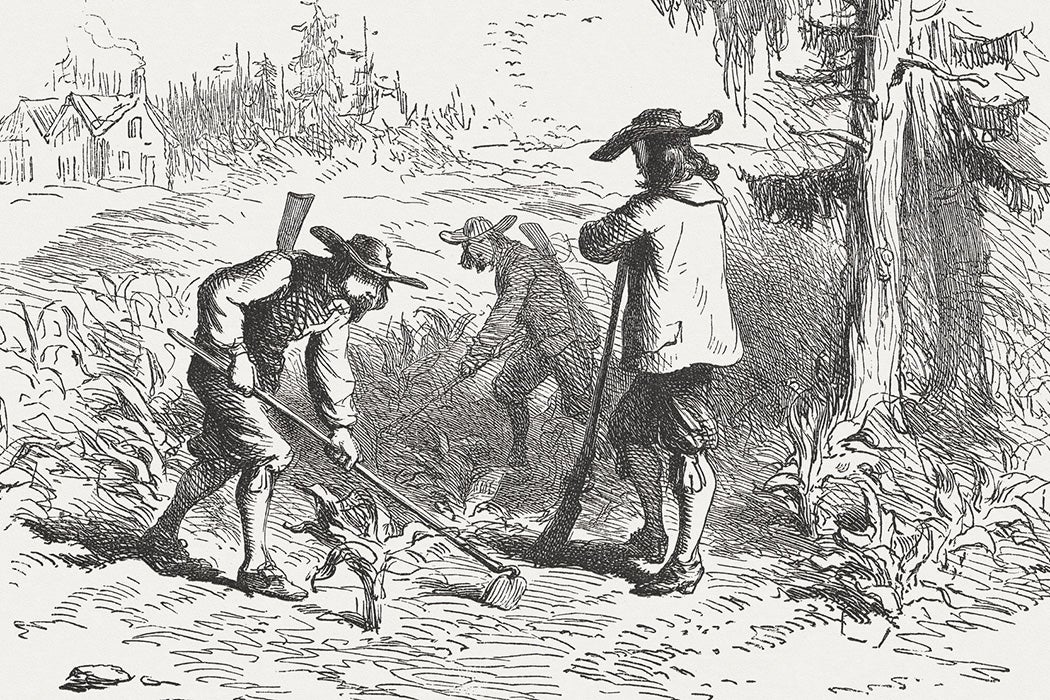When we talk about conservation land, we usually mean areas kept in a pristine, natural state, from which people are barred from living. But environmental philosopher Yogi Hale Hendlin argues that this reinforces a perspective about land ownership that undermines conservation goals.
Hendlin writes that between the sixteenth and eighteenth centuries, Europeans built their empires on the legal concept of terra nullius, meaning “no one’s land.” Colonial powers justified taking land to cultivate by defining it as wild, or vacant, even when—as in most places, including most of the Americas—people were already living on the land and modifying it to meet their needs.
Concepts of property ownership that emerged in this era—particularly those of John Locke, who owned property in the colonial Carolinas and helped write their constitution in 1668—were premised on European-style land use.
“People minimally (invisibly) impacting the land they resided on could not be determined under this model as the actual owners. Such people were deemed to live in a ‘state of nature,’” Hendlin writes.
Even long after the settler colonial nations of the Americas became independent from their European metropoles, they retained the same attitude toward land rights and the status of Native nations. For example, between 1964 and 1985, Brazil’s military government pushed ranching, roads, and other economic activity in the Amazon. It encouraged landless Portuguese speakers to settle in places already inhabited by indigenous people, using the inaccurate slogan “land without people for the people without land.”
In the government’s view, this was a way to protect the nation’s sovereignty against both peasants from neighboring countries and international environmental interests. Indigenous people’s failure “to use Amazonian resources in a visible manner performing land ownership potentially jeopardized the Brazilian government’s claim that the land was in fact occupied, leaving it vulnerable to potential control by an international community perceiving the territory as terra nullius,” Hendlin writes.
Using similar logic, many Latin Americans today remain suspicious of foreign individuals and nonprofit groups that purchase large parcels of land for conservation purposes, rejecting the “inefficient” use of the land.
Meanwhile, Hendlin writes, those cosmopolitan conservationists often operate with a kind of mirror-image terra nullius idea, romanticizing “pristine,” human-free wilderness. That ignores longstanding relationships between Native people and the places where they live, such as Amazon peoples’ intentional cultivation of rich forest soils. When nonprofits buy big swaths of “wild” land, they may evict indigenous people or demand that they maintain “traditional” lifestyles without modern technology, like guns or chainsaws.
Weekly Newsletter
In contrast, some conservationists are trying to build new models of land use in concert with indigenous people. For example, in Brazil, the Kayapó and other indigenous people have worked with national and international allies to gain ownership of their traditional land, and to be recognized as stewards of the non-human life there.
With that kind of model, Hendlin argues, “conservation presents the opportunity to defy outgrown ideas of mastery over nature and instead understand that a quality future depends on mutual interdependence rather than mutual exclusivity.”







